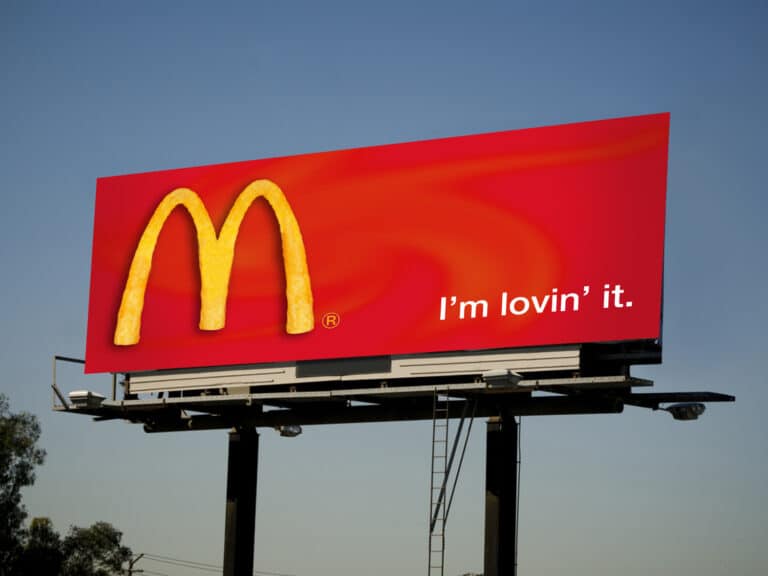Translating a slogan can be an attractive marketing resource, but if it is done badly it can make noise in the audience and affect the company.
A company’s slogan is an important part of its brand identity. It is the short, catchy phrase used to promote the company and its product or service. A good slogan can be memorable, appealing and easy to remember, which helps increase brand awareness and customer loyalty.
However, when a company decides to expand into other international markets, it is important to translate its slogan to ensure that it has the same impact in each language and culture. In this article, we will explore the importance of translating a slogan and give concrete examples of successful translations in different languages.
The importance of translation services for a slogan
A well thought-out slogan is a valuable tool in a company’s marketing strategy. But when it comes to expanding into new international markets, it is important to remember that not all languages and cultures have the same cultural and linguistic references. A literal translation of a slogan into another language may not have the same meaning, and may even be offensive.
Translating a slogan is about more than simply changing the words from one language to another. It requires a thorough understanding of jargon and cultural nods, as well as a creative adaptation of the original message. This is the only way to ensure that it has the same positive impact on the new audience.
Translations of successful slogans around the world
Coca-Cola: “Taste the Feeling”
Coca-Cola’s slogan, “Taste the Feeling,” is an example of a successful translation in several languages. It focuses on the emotional and sensory experience of drinking a Coca-Cola. The company adapted its original message for different countries, and created translations that were equally effective in each market.
In Spanish, the slogan was translated as “Siente el sabor”, which represents the same idea of the sensory experience, but uses a different word for the concept of “taste”. In French, the slogan was translated as “Ressens l’instant”, which means “Feel the moment”. This translation chooses to highlight the emotional experience of enjoying a Coca-Cola at a specific moment. In Russian, the slogan was translated as “Открой лучшие моменты с Coca-Cola”, which means “Open the best moments with Coca-Cola”. This translation is the furthest from the original version and decides to make mention of the brand and in how drinking the soda can help create positive memories and experiences.
Each of these translations did a complete re-evaluation of the original message to adapt to the cultural and linguistic differences of each audience. This shows how creative translation of a slogan can help a company connect with its audience effectively in different international markets.
McDonald’s: “I’m lovin’ it”
McDonald’s slogan, “I’m lovin’ it,” is another example of a successful translation. The world-renowned company had to adapt its original message for different languages and cultures and created memorable translations.
In Spanish, the slogan was translated as “Me encanta”, which is also a literal translation of the original message. In this case, no drastic changes had to be made to the text or meaning of the phrase. In Chinese, the slogan was translated as “我就喜欢”, which means “I just love it”. This translation is associated with the idea of “simplicity,” an important value for the Eastern community.
These examples show how a company can adapt its original message for different languages and cultures, without compromising the effectiveness of the slogan. Translating a successful slogan is a creative and careful process that involves understanding the target culture and language, as well as the intent of the brand or company.
There are examples of failed slogan translations that resulted in negative consequences for the company. For example, the fast food chain KFC introduced its slogan in China, “Finger-lickin’ good,” which literally translated as “Finger-lickin’ good food.” However, the translation was offensive to Chinese consumers, who considered the finger-licking action to be rude in their culture. KFC was forced to withdraw its slogan and re-evaluate its marketing strategy in China.
The translation of a slogan is a crucial process for a company’s marketing strategy in international markets. A good translation involves not only a literal translation of the words, but a creative adaptation of the message to ensure that it connects with the jargon, cultural codes and emotions of the new audience. Failing to take these aspects into account can cause a marketing strategy to be unsuccessful and a company to lose money and, above all, reputation.
If you have a new product that you would like to promote in a new country, do not hesitate to consult our translation services.



